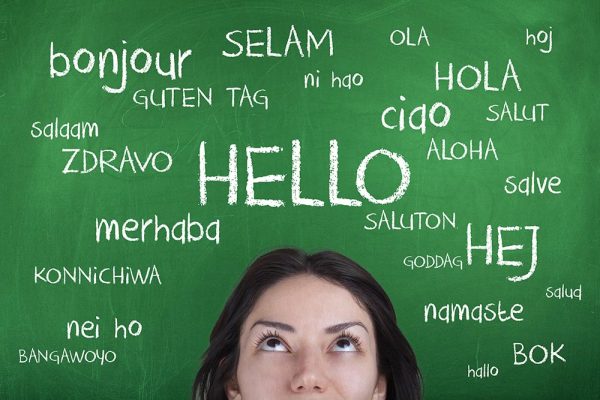Closed captioning for videos is great for improving accessibility for audiences that might otherwise be left in the dark. Onscreen text aids foreign speakers and the deaf and hard of hearing as well as audiences watching videos in public situations where sound is either unavailable or compromised. For some, there is a perception that people who watch foreign subtitled or artistic films as being better educated or intellectual. This blog considers the reverse of this scenario. It’s not why the educated use subtitles, but how subtitles are used for education. In short, how you can use video closed captions to learn.
Use Video Closed Captions to Learn by Improving Concentration
You can use video closed captions to learn through increasing your concentration, effectively improving learning outcomes. This happens because we receive information via two different methods, both listening and reading.
Think of when you have asked a stranger for directions, only to find you cannot retain information you’ve been told. The best solution is to get the stranger to write things down, and effectively this is what subtitling does.
Captions for Reference
DVD and online subtitles can often be downloaded and stored for reference. This is an incredibly useful tool for revision and/or quoting if the information in the video is being used to write a review, dissertation, essay or article.
Accuracy of Data
Especially where there is poor audio quality or there are strong accents, subtitling helps to ensure that information is accurate. This helps to avoid mishears or misunderstandings taking place. Using subtitles where individual or company names, products or events are referenced means viewers will be aware of the correct spellings which is also a great aid for research.
Using Closed Captions to Learn a Foreign Language
This one is probably the first educational aspect of using video closed captions to learn. Especially where a viewer is very familiar with the video content, using foreign subtitles alongside a film or programme can help one to learn that language.
One caveat to this is that this only really works where the characters are similar to those used in the source language and can be read phonetically. For instance, it might be pretty easy to learn French from English subtitles, but not English from Chinese subtitles.
Children Learning to Read Using Video Captioning
A lot of research has proven the benefit of using subtitles for children’s television programming. It’s a no-brainer that closed captioning can be used as a tool to help kids learn to read. This typically works best where the programme has a limited amount of speech. That way, reference can be made more easily between the text and the audio.
Closed Captions as an Aid to Learning through Accessibility for Deaf Audiences
This one is really a no-brainer. Subtitles are required to give full access to video content to viewers with deafness or hearing loss. A viewer might be looking to learn about physics from documentary subtitles, how to fix a leaking pipe from YouTube subtitles or just who shot JR from television subtitles. Unfortunately, without onscreen captioning, deaf and hard of hearing viewers may face a barrier in getting access to all of the information a video has to offer via audio.
In summary, there are a number of ways you can use video subtitles to learn. If you would like more information on subtitling your programs visit our Foreign Subtitles Services. Good luck!











Comments are closed.